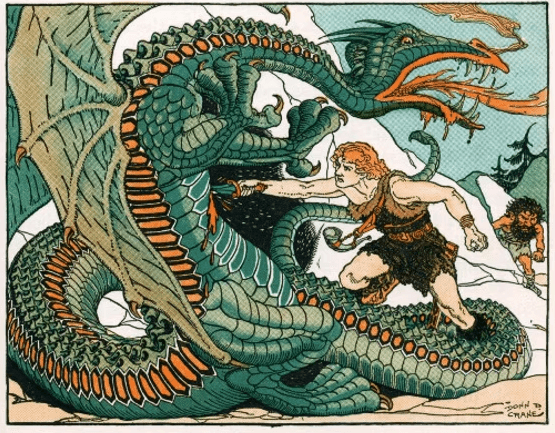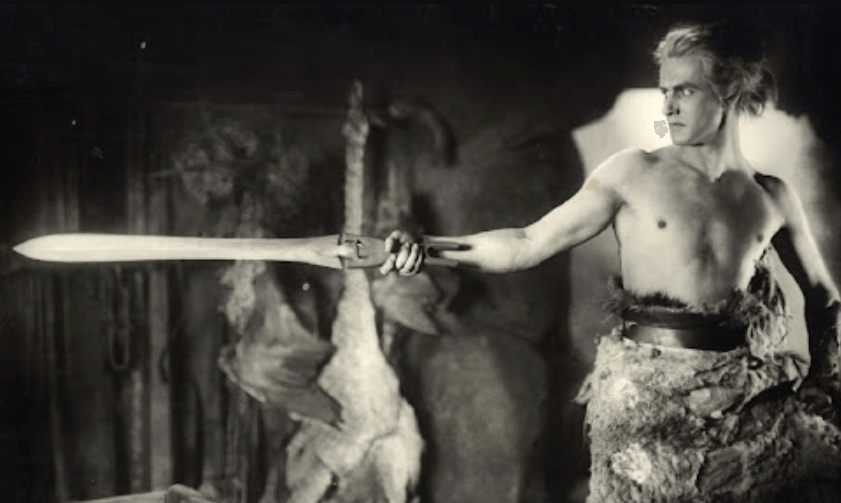The name Siegfried evokes images of dragon-slaying warriors, tragic love, and epic battles. Rooted in Germanic and Norse mythology, Siegfried (or Sigurd in Scandinavian lore) is a legendary hero whose story has inspired literature, opera, cinema, and modern pop culture. From the medieval epic Nibelungenlied to Fritz Lang’s groundbreaking 1924 silent film, Siegfried’s tale remains a timeless narrative of heroism, betrayal, and destiny.
This article explores Siegfried’s origins in myth, his cinematic portrayal in Fritz Lang’s Die Nibelungen, and his enduring influence in contemporary media.
1. Siegfried in Mythology and Literature

The Hero of the Nibelungenlied
Siegfried is the central figure in the German epic Nibelungenlied (c. 1200), a story of love, revenge, and doom. Key elements of his legend include:
-
Dragon-Slayer: Siegfried kills the dragon Fafnir and bathes in its blood, becoming invulnerable—except for a single spot on his back where a leaf stuck.
-
Treasure of the Nibelungs: He seizes a cursed hoard of gold, setting the stage for tragedy.
-
Love and Betrayal: He marries Kriemhild but is later murdered by Hagen, a loyal knight of Burgundy, leading to a cycle of vengeance.
Norse Parallels: Sigurd the Volsung
In the Old Norse Völsunga Saga, Sigurd shares Siegfried’s core story but with differences:
-
He awakens the Valkyrie Brynhildr from an enchanted sleep.
-
His fate is intertwined with Odin’s prophecies, adding a deeper layer of Norse fatalism.
Wagner’s Opera: Der Ring des Nibelungen
Composer Richard Wagner adapted the legend into his four-opera cycle, where Siegfried is a key figure in Siegfried (1876) and Götterdämmerung (1876). Wagner’s version emphasises themes of power, corruption, and divine downfall.
More: Sigurd and Siegfried: A Comparison of the Dragon Slaying Heroes
2. Fritz Lang’s Siegfried (1924): A Cinematic Masterpiece

The Silent Film Epic
Fritz Lang’s Siegfried is the first part of Die Nibelungen, a landmark in German Expressionist cinema. The film’s visual style and storytelling techniques were revolutionary:
-
Stunning Set Design: The film features grand, artificial landscapes, such as the Gothic-inspired Burgundy court and the eerie Dragon’s lair.
-
Symbolic Lighting: Lang used chiaroscuro (light and shadow) to create a mythic atmosphere.
-
Influence on Fantasy Films: Its aesthetics inspired later works like The Lord of the Rings and Game of Thrones.
Differences from the Myth
-
Lang’s adaptation simplifies some elements but heightens the tragic inevitability of Siegfried’s fate.
-
The film’s second part, Kriemhild’s Revenge, shifts focus to Siegfried’s widow and her quest for vengeance.
3. Siegfried in Modern Culture
Literature & Fantasy
-
J.R.R. Tolkien drew inspiration from Siegfried’s legend for The Hobbit (Smaug the dragon) and The Lord of the Rings (the One Ring’s curse).
-
Comics & Games: Characters like Marvel’s Siegfried and Final Fantasy’s dragoon warriors reference the myth.
Anime & Pop Culture
-
Fate/Apocrypha: Siegfried appears as a Saber-class Servant, depicted as a noble but tragic warrior.
-
Frank Ocean’s Song: The track Siegfried (2016) uses the hero’s name metaphorically for vulnerability and lost love.
Conclusion
Siegfried’s legend has endured for centuries, evolving from medieval poetry to silent cinema and modern fantasy. Whether through Fritz Lang’s expressionist imagery, Wagner’s operas, or contemporary adaptations, Siegfried remains a symbol of heroic idealism and tragic downfall. His story continues to captivate audiences, proving that myths never truly fade—they simply take new forms.

